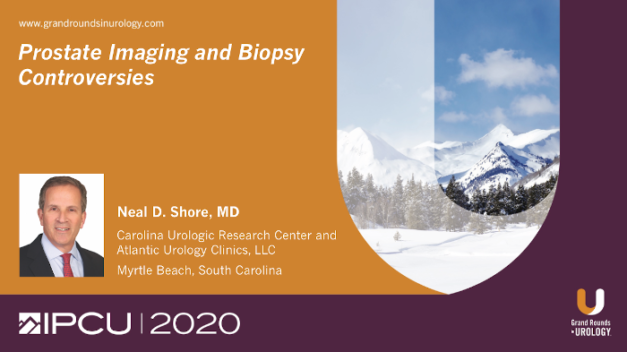Panel Discussion on Integration of Stakeholders in Healthcare: Academic Urology
Christopher J. Kane, MD, FACS, Dean of Clinical Affairs at the University of California San Diego School of Medicine, discusses the role of academic institutions in supporting the wider urology community, using USCD as an example. He notes that the UC medical system is the 4th largest provider of healthcare in California and UCSD is the 8th producer of scientific output in life sciences of any institution globally, therefore contributing greatly to the medical field as a whole. USCD Urology provides numerous specific benefits to the greater urology community, including practitioners in LUGPAs and integrated practice systems. These benefits include subspecialty coordinated care, CME opportunities, principled defense and professional support, and a clinically integrated network, among others.
Read More




